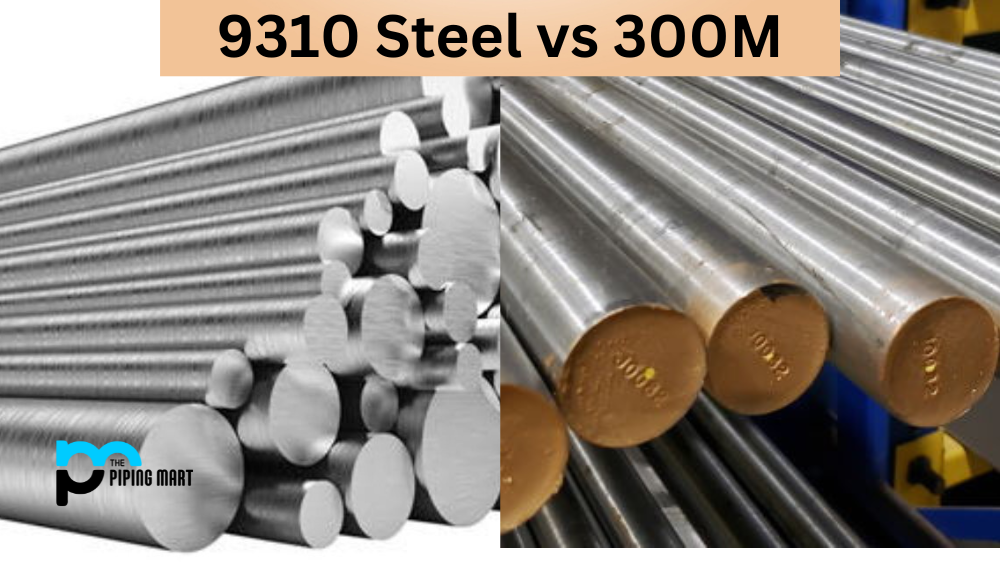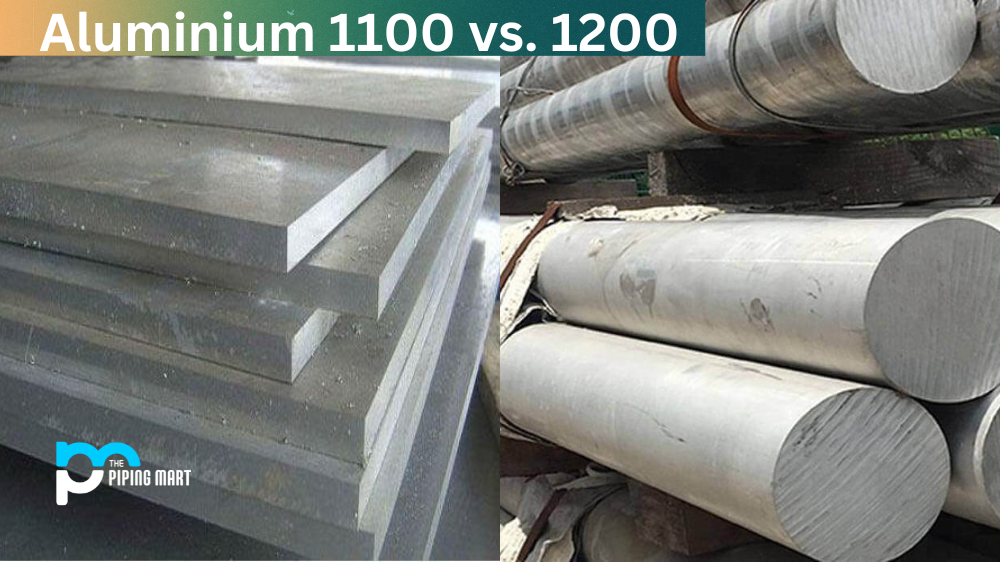Steel is an important material that has various applications in construction and manufacturing. But, with so many different types of steel available, it can take time to understand their differences. That’s why we’ll focus on two types of carbon steel: 5150 and 5160. While these two types of steel are fairly similar, their difference lies in their chemical composition and application. This blog post delves deeper into the differences between 5150 and 5160 steel and their uses.
Difference Between 5150 and 5160 Steel
Chemical Composition
Regarding chemical composition, 5150 and 5160 steel are both considered high-carbon steels. The main difference between the two lies in their carbon content. 5150 steel contains around 0.48-0.55% carbon, while 5160 has around 0.56-0.64% carbon. The higher carbon content in 5160 steel makes it more durable and robust. Additionally, 5160 steel has a small amount of chromium, silicon, and vanadium, which enhances its wear resistance and toughness.
Application
5150 and 5160 steel are known for their high strength and excellent durability. However, due to their slightly different composition, they have different applications. 5150 steel is more commonly used in the automotive industry for manufacturing parts like leaf springs, coil springs, and other high-stress components. On the other hand, 5160 steel is more frequently used to produce swords and knives, chisels, and other hand tools.
Heat Treatment
Heat treatment is an important process that improves the mechanical properties of steel. 5150 steel requires a specific heat treatment process to attain optimal strength. It is usually treated by a process called quenching and tempering. In contrast, 5160 steel can undergo hardening through quenching or oil/water quenching to acquire optimal hardness.
Weldability
Both 5150 and 5160 steel are moderately weldable. However, their high carbon content requires specific preheating and post-welding heat treatment procedures to avoid cracking. These steps can be challenging even for expert welders. Therefore, these types of steel are suitable for welding with the help of specialized techniques like gas tungsten arc welding.
Cost
The cost of 5150 and 5160 steel varies depending on availability, size, and demand. Generally, 5160 steel is more expensive than 5150 steel due to its added alloying elements, such as vanadium and chromium.
Conclusion
There you have it – a brief overview of the differences between 5150 and 5160 steel. The chemical composition, application, heat treatment, weldability, and cost are significant factors that differentiate these two types of high-carbon steel. Knowing these differences is crucial when choosing the right steel type for your project. Whether you intend to manufacture automotive parts or hand tools, it is essential to evaluate the different properties of each type to achieve the optimal results you desire.
Rachana is a dedicated and ambitious young woman who has made a name for herself in the metal industry. From her earliest days in the industry, Rachana showed a natural talent for problem-solving and a keen eye for detail. In her free time, She enjoys reading up on the latest advancements in the industry, as well as exploring new ways to innovate and improve upon existing processes.




